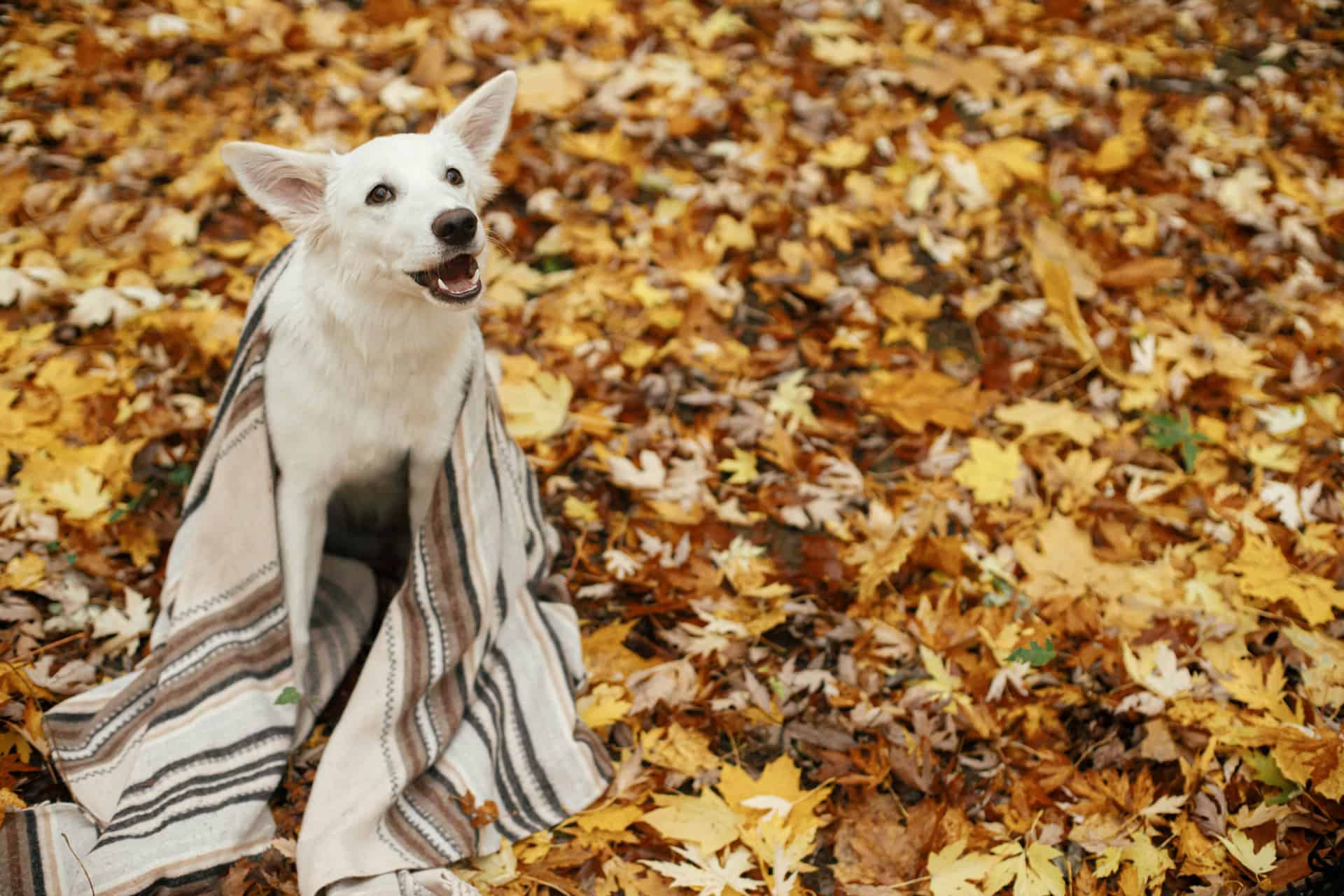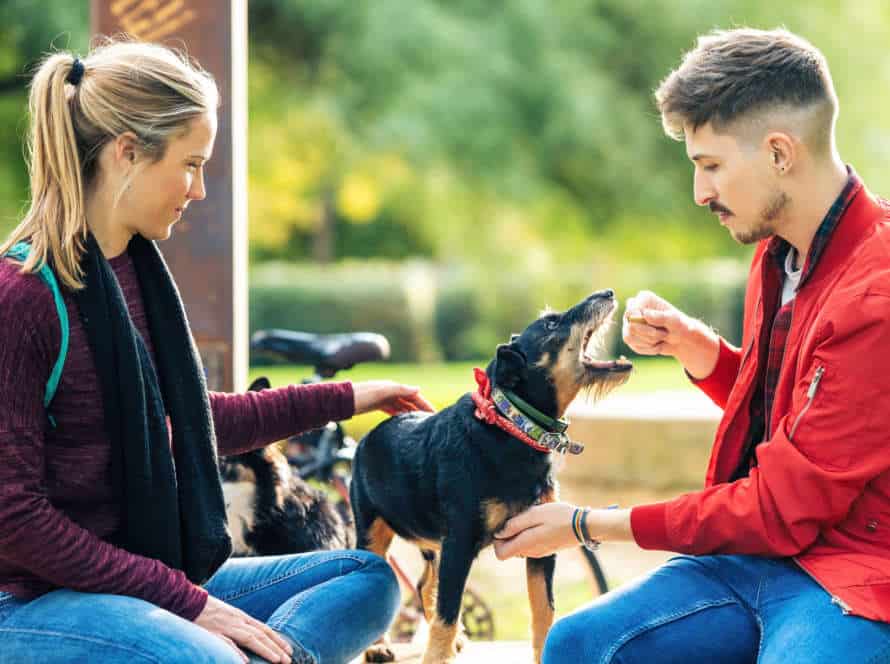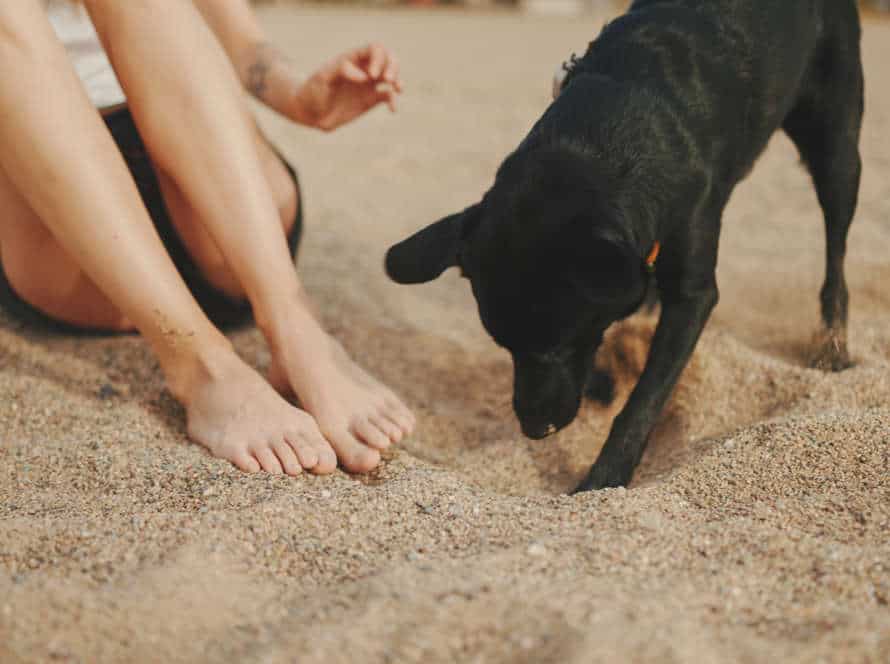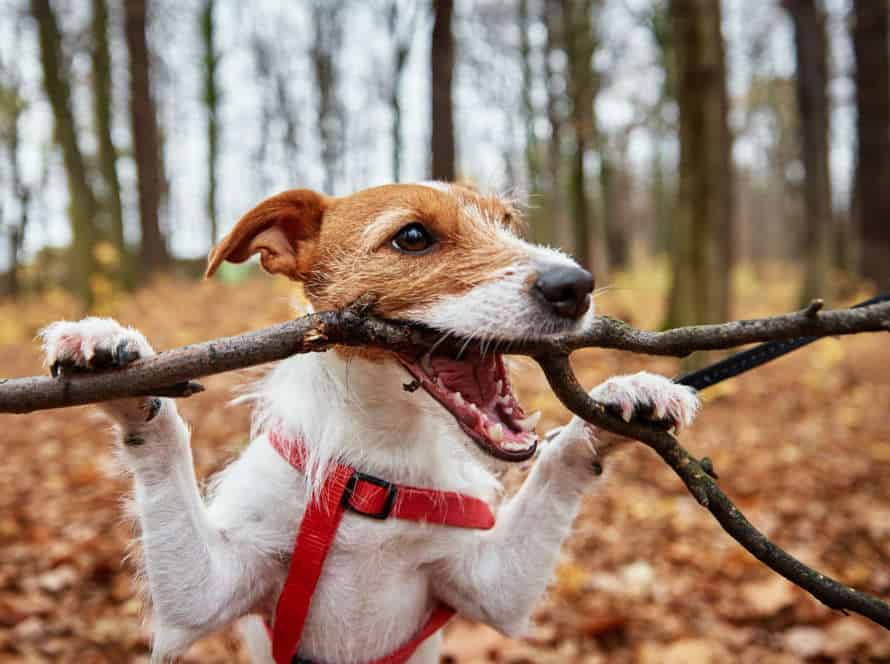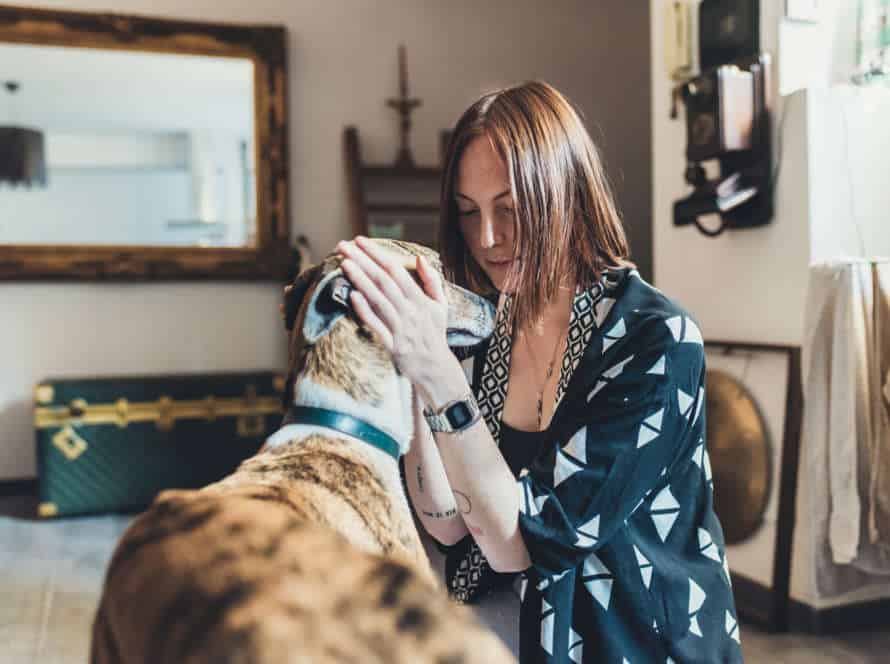How to Use Positive Reinforcement to Curb Excessive Barking
Positive reinforcement can be a great way to train your pup to not bark too much. Here are a few tips on how to do it:
- Reward them with treats or kind words when they listen to you and stop barking after you give the command.
- Train your dog to recognize a sound, like a whistle or clicker, as a sign of good behavior and give them a reward afterwards.
- Use a toy or game that your pup loves as a reward for when they obey and don’t bark when asked.
- Be consistent and use positive reinforcement every day to encourage good behavior and discourage excessive barking.
Understand the Root Cause of Excessive Barking
To reduce excessive barking, positive reinforcement can be helpful. However, first it’s key to get to the bottom of why your pup barks. Possible causes? Boredom, anxiety, wanting attention, or maybe something in the surroundings. It’s important to find the root cause before trying positive reinforcement.
Separation Anxiety
Separation anxiety often leads to too much barking in dogs. When owners leave their homes, dogs with this problem may bark, whine, pace, or show destructive behavior.
Here are tips to help you stop your dog’s extreme barking:
- Make a positive connection: When you’re away, give your dog toys or treats that they only get then. This will keep them occupied and give them something good to think about.
- Don’t answer the barking: Dogs may bark for attention. If you give them attention when they bark, you’re reinforcing the behavior. Wait for them to stop barking to give them attention.
- Use crate training: Dogs feel safe in their crates. Crate training can provide them a secure area to go to if they’re feeling anxious.
Remember, too much barking is a behavioral issue that can be handled with patience, persistence, and positive reinforcement techniques.
Territorial Barking
Territorial barking is a frequent issue with dogs. It often comes from their need to protect their home and family. To modify this behaviour using positive reinforcement, it’s best to first understand the reasons behind it.
Here are some tips to help with positive reinforcement training:
- Exercise and mentally stimulate dogs to reduce their territorial instincts.
- Do not reward them when they bark excessively.
- Use clicker training and treats to encourage good behaviour.
- Train them to answer to specific commands like “quiet” or “enough” to stop the barking.
With patience and consistency, positive reinforcement can help with the barking while strengthening the bond between the pup and you.
Attention-Seeking Behavior
Excessive barking is an attention-seeking behavior in dogs, often caused by boredom, anxiety, or a lack of training. You can train your pup to stop this behavior using positive reinforcement methods. Here are some tips:
- Identify the root of the barking.
- Set up a routine and stick to it.
- Teach basic obedience commands like “quiet” and “stay” with positive reinforcement.
- Reward good behavior with treats and praise.
- Be consistent with your efforts.
- Seek professional help if needed.
Remember, it takes time, patience and positive reinforcement to succeed.
Using Positive Reinforcement Techniques
Positive reinforcement is a great tool when it comes to stopping a dog from barking too much. You can use this technique to reward your pup when they do something good. Praise them with treats, toys, or even just words. This kind of reinforcement teaches them the behavior you want. Let’s go over some of the ways to use positive reinforcement to stop excessive barking.
Reward-Based Training
Reward-based training is a good way to teach pooches. It uses positive reinforcement to promote good behaviour and reduce bad things like too much barking. Here are some tips to achieve this:
- Identify the cause of your pup’s excessive barking.
- Say “quiet” when they start to bark too much.
- When they stop barking after hearing “quiet“, give them a treat and compliment them.
- Keep rewarding good behaviour and praising when they obey your “quiet” command.
- Do this regularly and often to reinforce the wanted behaviour and eventually stop the excessive barking.
Remember: Consistency is essential. Reward the good behaviour right away to fix it in their mind.
Treats for Good Behavior
Positive reinforcement is great for training doggos. A good method? Treats! Here’s how to use them:
- Keep some treats your pup loves handy.
- When they bark unnecessarily, give a command like “quiet” or “no barking“.
- Once they stop & listen, reward them with a treat & praise.
- Do this each time they bark without cause.
- Your doggo will link good behavior to treats & be more likely to respond to commands, reducing their barking.
Tip: Remember to use treats sparingly & choose healthy ones!
Verbal Praise
Verbal praise is an awesome way to control excessive barking in dogs. They love their owners’ attention and affection. Positive reinforcement helps them learn what behavior is good.
When your dog stays quiet, make sure to praise them in a cheerful voice, using words like “good boy” or “good girl“. Do this straight away when they stop barking. Try to stay calm and positive.
Over time, your pup will know that being quiet gets your happy approval. They’ll be more likely to do it often.
Pro tip: To make the behavior even stronger, give physical rewards like treats or playtime when you praise them.
Clicker Training
Clicker training is a powerful way to use positive reinforcement to control barking in dogs. Here’s how to do it:
- Get a clicker—a small device that makes a distinct sound.
- Click it, then immediately give a treat.
- Introduce a verbal cue, e.g. “quiet” or “no bark“. Click, then treat when your dog stops barking on cue.
- Do this several times a day, increasing the time between click and treat.
- As your dog gets better, reduce the treats until the clicker works alone.
With practice, your dog will learn the verbal cue and reduce barking. Pro tip: Be patient and consistent. It may take time to modify the barking behavior.
Clicker Training Basics
Clicker training is a kind of positive reinforcement training that’s good for controlling too much barking in your pet. Here are some clicker training basics to help you start at home.
You need a clicker and treats for your doggy. Here are the steps to remember:
- Click the clicker and straightaway give a treat to your pup.
- Do this every few seconds for a few minutes.
- Repeat this over days or weeks to show your dog that good behavior wins rewards.
If your dog barks too much, wait for a calm moment then click and give a reward for the quiet behavior. Don’t scold for barking.
Pro-tip – Consistency is essential in clicker training. Be patient and keep at it, and you’ll get positive results eventually.
How to Use Clicker Training for Barking Issues
Clicker training is a humane and effective way to stop your dog’s excessive barking. Positive reinforcement techniques are key for success.
- Identify situations that trigger your pup’s barking.
- Use a clicker, treats, and rewards to teach your dog to be quiet on command.
- When your dog stops barking, click the clicker and give them a treat.
- Repeat this in different times of day and situations, gradually extending the quiet time before rewarding.
- Your pup will soon learn that being quiet earns them rewards, and barking does not.
Consistent training and rewarding good behavior is a must. Clicker training is the way to go!
Desensitization Training
Desensitization training is a form of positive reinforcement to help reduce excessive barking in dogs. It involves exposing your pup to the thing that makes them bark, and rewarding them for not barking.
Here are the steps:
- Figure out what causes them to bark too much – like doorbells or other dogs.
- Start with a low intensity, and gradually increase it.
- Give treats or verbal praise when they stay quiet.
- Repeat the process often, increasing intensity and rewarding them each time.
With enough practice, your pup will become desensitized to the trigger and the barking should be reduced or stopped.
Desensitization Training Basics
Desensitization training is a common way to help dogs quit barking too much. The idea is to make the dog less sensitive to things that make them bark, like visitors, loud noises, and other dogs. Here’s how it works:
- Figure out what sets off the barking.
- Begin with a low-level version of the stimulus.
- Give treats, praise, and playtime when your pup behaves. Increase the stimulus slowly.
- Keep repeating until your pup no longer reacts strongly.
By using positive reinforcement, you can create a better home atmosphere for both of you. Tip: You’ll need patience and consistency. Stay strong!
How to Use Desensitization Training for Barking Issues
Desensitization training can be useful in reducing barking from your pup. You can teach them to see stimuli which usually provoke barking as positive. Here’s how:
- Figure out what triggers your dog’s barking; other dogs, loud noises, etc.
- Start the training with a low-intensity trigger. Reward your pup for being calm.
- Increase the duration and intensity of the trigger, with reward for calm behavior.
- Practice this training regularly. Your dog will learn the triggers are not a threat. Positive reinforcement is key. It takes time and patience, but it’ll work!
Consistency in Training and Lifestyle Changes
Positive reinforcement is key for controlling excessive barking. It is vital to be consistent with the training and changes in lifestyle for your pup to learn new behaviors. Let’s get into how to utilize positive reinforcement for lasting transformation and better conduct.
Stick to a Regular Training Schedule
A consistent training schedule is key to curbing excessive barking in dogs. Routine and predictability are essential for success. Here are a few tips:
- Choose a regular time each day for training.
- Keep the sessions short, max 15-20 minutes.
- Utilize positive reinforcement – treats, praise, playtime.
- Be patient and consistent in your efforts. It may take time.
Sticking to a regular schedule will help your pup adopt good behaviors and reduce barking.
Avoid Reinforcing Unwanted Behavior
Positive reinforcement is a great way to reduce excessive barking in dogs. Consistency is key in training and lifestyle changes. Here are some tips to help:
- Identify the cause of your pup’s barking.
- Use treats, verbal praise, and playtime to reward good behaviour.
- Be consistent. Don’t reward bad behaviour like excessive barking.
- Try noise-cancelling devices. Consult a pro trainer if needed.
Remember: consistency is key to stop bad behaviour in doggos! Use positive reinforcement to reward good behaviour and avoid reinforcing bad behaviour.
Provide Adequate Exercise and Mental Stimulation Monday to Friday
From Monday to Friday, one great way to prevent excessive barking is by offering your pup enough exercise and mental stimulation. Here are some tips on how to do that:
- Schedule daily walks, runs or hikes. Let them explore new sights and scents.
- Play interactive activities with them, like fetch or tug-of-war.
- Teach them new commands and tricks to keep their mind occupied.
- Use puzzle toys or food-dispensing toys to challenge them.
- Include obedience training in their daily routine with positive reinforcement methods, like clicker training and treats.
Be consistent for good results! With consistent exercise, mental stimulation and positive reinforcement, you can help decrease the excessive barking.
Get Professional Help If Needed.
Training your dog to stop excessive barking is important. Consistency is key! If you’re having trouble, don’t be scared to get help. Here are some signs it’s time to get a trainer:
- Your dog’s barking causes issues in your life/relationship.
- You have tried many methods with no results.
- You feel overwhelmed, frustrated or stressed.
- You want to make sure you’re training your dog properly and kindly.
Remember, asking for help isn’t a sign of failure. It’s a positive move towards a happier, healthier relationship with your pup!
Frequently Asked Questions
Q: What is positive reinforcement?
A: Positive reinforcement is a training technique used to encourage certain behaviors by offering rewards or praise.
Q: How can positive reinforcement be used to stop excessive barking?
A: Offering rewards or praise when your dog is quiet or stops barking can reinforce the desired behavior and lead to less barking overall.
Q: What kinds of rewards are effective for positive reinforcement?
A: Rewards can include treats, toys, attention, or praise. It’s important to use a reward that is meaningful to your dog.
Q: How long does positive reinforcement training take to show results?
A: The length of time it takes for positive reinforcement training to show results can vary from dog to dog, but with consistency and patience, improvements can be seen within a few weeks.
Q: Can positive reinforcement be used for all dogs?
A: Yes, positive reinforcement can be used for all dogs, but it’s important to keep in mind that each dog is different and may respond differently to training techniques.
Q: What are some common mistakes to avoid when using positive reinforcement for excessive barking?
A: Some common mistakes to avoid include rewarding barking, using inconsistent rewards, or punishing your dog for barking. It’s important to use positive reinforcement consistently and to only reward desired behavior.

